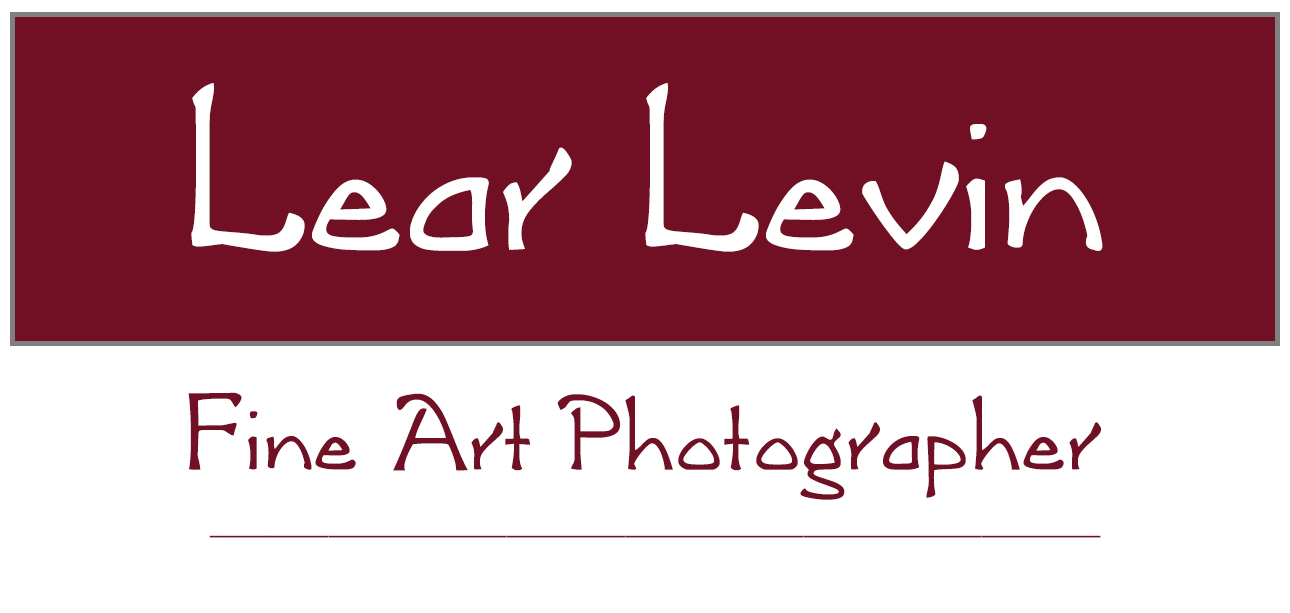PROCESS
Photographic prints available in any format described below.
PLATINUM/ PALLADIUM PRINTING Platinum and Palladium are among the few non- tarnishing metals found on earth. Photographic prints using these elements are the most archival form of printmaking. The images produced in the mid 1800’s by master photographers employing these processes are as vivid today as when originally created. Today, this multi-step process begins with a file created in Photoshop. A negative is created on an inkjet printer using a clear acetate. In the lab, watercolor paper is hand coated with a mixture of Platinum, Palladium and Ferric Oxalate. When the paper is dry, the negative is placed upon it and exposed under high intensity UV light. The latent image is developed in a solution of Potassium Dichromate and then fixed, washed and dried.
GUM OVER PLATINUM AND PALLADIUM Gum over Platinum/Palladium is another classic process employed by early photographers like Edward Steichen. It is used to bring selected color choices to a finished Platinum/Palladium print. Similar to the Three-color Gum process, a mixture of water color pigment, Gum Arabic and Potassium Dichromate is applied to the surface of the existing image. The print is exposed to UV light through a negative and then washed. While still wet, areas of unwanted color may be brushed away. If desired, additional colors may be applied in subsequent coatings.
APRIL'S BACK WITH CANDLES
THREE COLOR GUM PRINTING In Photoshop, a color photograph is split into 3 separate black and white negatives. Each of these separation negatives contains an individual profile that allows it to transmit only its designated color. I use yellow, magenta and cyan. Then a single sheet of watercolor paper is coated with a mixture of the chosen color along with gum Arabic and potassium dichromate. The coated paper covered by it specific negative is exposed under a high intensity light. This step produces a latent image on the paper. The paper is then washed and dried. This process is repeated with each successive negative. After the third negative is exposed and developed, the full color image is realized.
GICLEE PRINTS Giclee prints are fine art photographic images produced on an inkjet printer in high resolution using quality archival inks. The French word Giclee means, “to squirt or spout.” This name was coined during the early development of the technique which caused ink to be sprayed all over the designer and his workshop.
NINA WITH CANE




